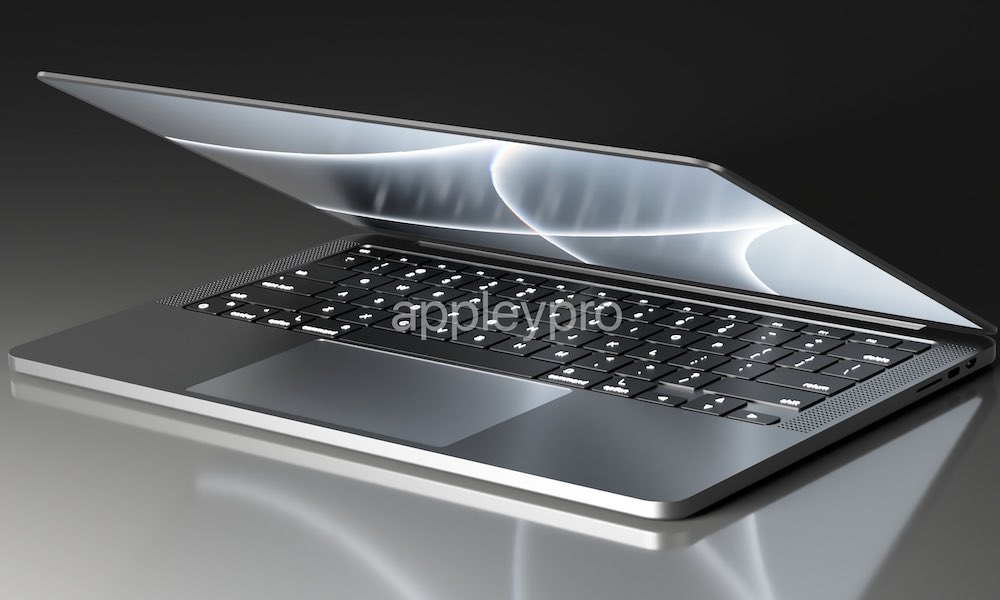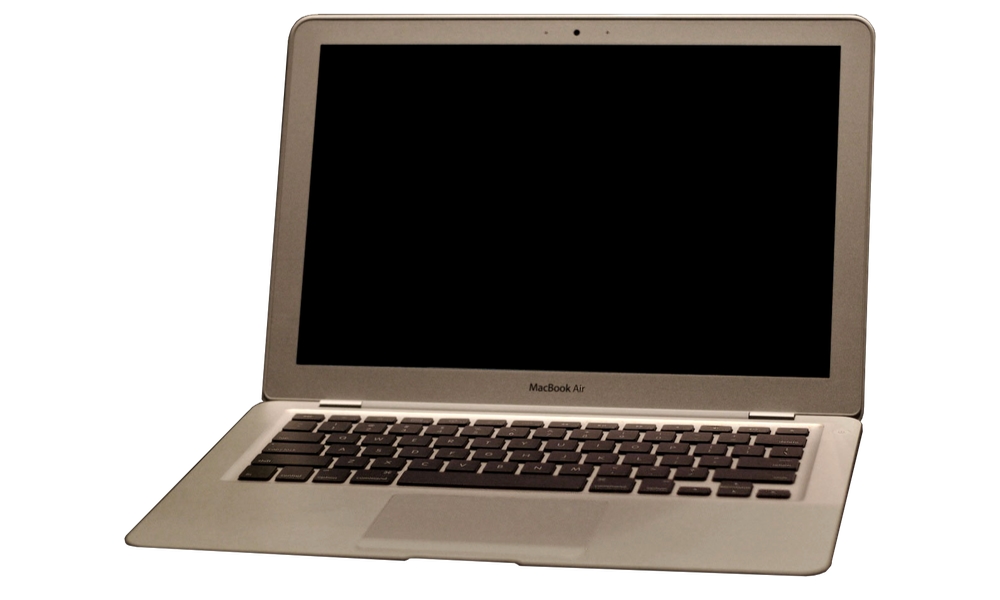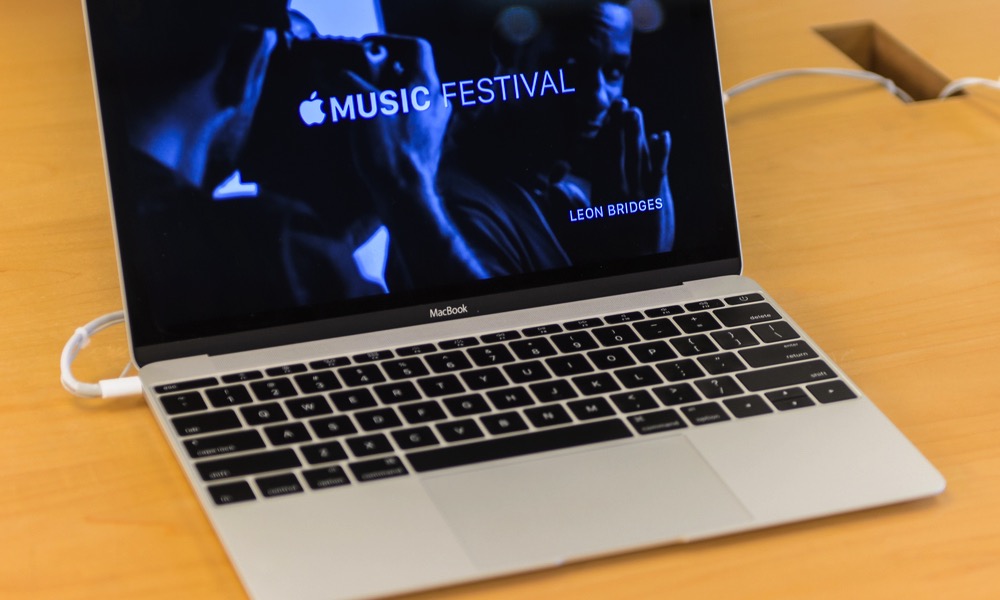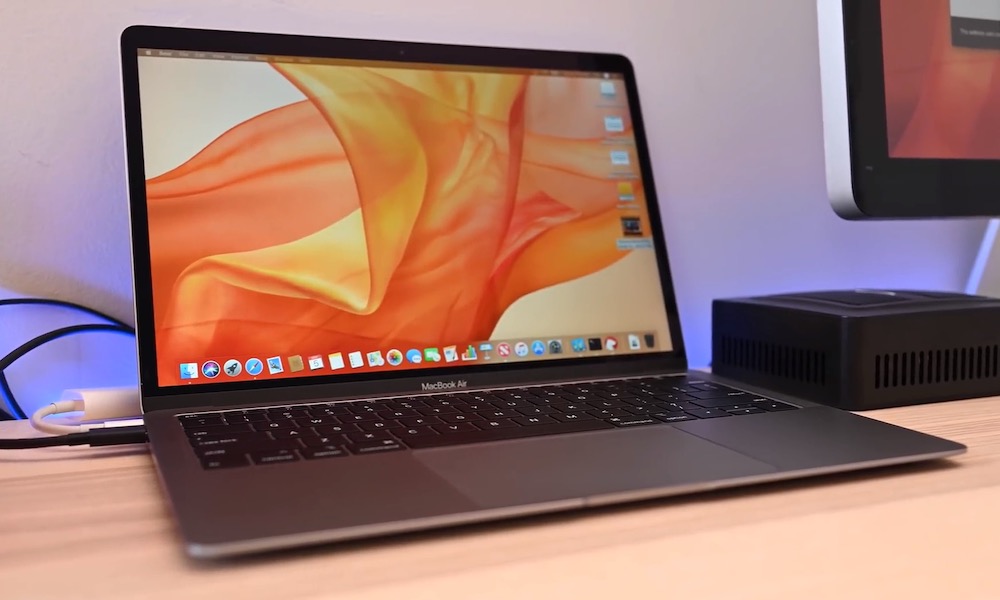Jony Ive Wanted Apple to Make ‘One Laptop That Would Do Everything’
 Credit: MacBook 15 Inch Concept [AppleyPro / Twitter]
Credit: MacBook 15 Inch Concept [AppleyPro / Twitter]
Toggle Dark Mode
There’s little doubt that Apple’s MacBook family has been through some confusing changes over the past 15 years. Although the Intel-based aluminum MacBook Pro and plastic MacBook that replaced the PowerBook G4 and iBook were clearly delineated, as are today’s Apple silicon MacBook Air and MacBook Pro families, there have been many other updates and name changes in between that have left us wondering exactly what Apple was thinking.
Perhaps the MacBook that blurred the lines the most was Apple’s MacBook Air. Debuted in 2008 as an ultra-thin “executive” laptop, it was a seriously underpowered device for its price, with the focus on making it as thin as possible for those who needed something slim and elegant. This was the MacBook that Steve Jobs famously pulled out of a manila envelope on stage to illustrate how incredibly thin it was — remember, the iPad was still two years away at that time — but the $3,000+ asking price was eye-watering considering a $1,500 MacBook Pro could run circles around it.
However, three or four years later, someone at Apple decided that they liked the “Air” moniker and decided to bring both the name and the design to an entirely new family of entry-level laptops that would replace the standard “MacBook” lineup.
That lineup had moved from the white and black plastic designs to an aluminum finish very similar to the MacBook Pro of that era, once again creating some confusion among buyers about where the lines between the two families were drawn. The thinner, wedge-shaped MacBook Air was presumably ushered in to solve this.
In its first iterations, the MacBook Air came in 11-inch and 13-inch variants, launching a few months after Apple’s first iPad debuted in 2010. Both models received modest annual spec bump upgrades until 2016, when the smaller model was quietly discontinued.
However, the MacBook Air family also languished during a time when Apple was adding much better Retina Displays to its MacBook Pro lineup, and in 2015, it also mixed things up with the introduction of an ultrathin new 12-inch MacBook, sans suffix — an ironic role reversal considering that the MacBook Air had once been the thinnest and lightest laptop in Apple’s product lineup.
Now, a recent interview has given us more insight into what might have been going on within the walls of Apple during that time — and shed some light on why things seemingly got so mixed up during those years.
According to the venerable tech journalist Walt Mossberg, Apple’s Chief Designer, Jony Ive, had a serious hate-on for the MacBook Air. He felt it was superfluous to the lineup and believed Apple should focus exclusively on the higher-end MacBook Pro lineup — one MacBook family to rule them all.
The crux of the problem was that Jony Ive may have gotten a little bit out of control following the demise of Steve Jobs, who, unsurprisingly, served as a restraint against Ive’s wilder ideas. Unlike Jobs, Apple’s new CEO Tim Cook was far more of a delegator, and in knowing that design was not his thing, he gave unprecedented power to Ive, as Mossberg explains in his interview on The VergeCast:
Tim is a guy who knows what he doesn’t know. He knew he wasn’t a product guy, so he gave even more power to Jony Ive, their great designer. Eventually, he gave him software, not just hardware — he gave him everything. And, here’s the difference. Jony Ive was a great designer, and I’m sure he had some great designers under him — they probably still have a great design shop — Steve Jobs was his editor. Steve Jobs would pull him away from his crazier instincts. Steve Jobs would say “no” to some things and “yes” to other things. Tim Cook didn’t do that. I don’t think he does that to this day, because he knows what he doesn’t know.
Walt Mossberg
Mossberg candidly admits that this information doesn’t pass “journalistic rigor” as it comes from a single source — albeit a “very high-level” one. However, the story also rings true, as we certainly saw other evidence of Jony Ive-inspired designs that leaned too heavily toward design. From the rumored Apple Car prototype with no steering wheel to the beleaguered butterfly keyboard, not all of Ive’s designs have been knockout hits. If he had his way, the MacBook Air may have fit into that category. Mossberg continues:
After Cook had given Jony all his power and Jony no longer had an editor who went to lunch with him every day, which was what Jobs did, he decided there didn’t need to be an Air and a Pro.
Walt Mossberg
Instead, it seems Ive felt he could make the MacBook Pro at least as light and thin as the MacBook Air — and possibly even more so. However, he could also make it a premium laptop, which would be better for Apple’s bottom line, “and people would buy it even if they didn’t need the extra power it gave.”
While Mossberg doesn’t comment on the short-lived 12-inch MacBook, it seems likely this was one of Ive’s experiments to prove his point. It was this MacBook that introduced the butterfly keyboard — and the start of an era where Apple was seemingly obsessed with making all of its MacBooks as anorexically thin as it possibly could.
According to Mossberg’s source, this sparked a war between the design team “and its acolytes” — that being Jony Ive’s crew — and the engineers and product managers, who “desperately wanted new, improved versions of the Air because the Air was their best-selling product.” They felt Ive was about to “leave it on a hill to die.”
The good news is that Apple’s product and engineering teams won the day, and the MacBook Air made a big comeback in 2018, finally getting the Retina Display that had come to the MacBook Pro five years earlier, as well as some other healthy spec bumps in the processor, memory, and CPU. Sadly, it also got the third-generation butterfly keyboard, which was a very slight improvement over the original but still an unmitigated disaster for Apple.
I remember that they introduced it at the Brooklyn Academy of Music. And this source of mine pulled me aside and said, we finally won.
Walt Mossberg
The 2018 MacBook Air was the entry-level MacBook everyone had been waiting for. While it wasn’t a massive upgrade over the prior model in raw specs, it was a breath of fresh air after many years of upgrades that amounted to little more than keeping the lineup on life support. As John Gruber said in his review at Daring Fireball, it was “exactly the MacBook everyone has been asking Apple to make.”
While the base design would remain unchanged for four more years, it was one of the first MacBooks to get the Apple silicon treatment, bringing a performance boost that shocked Intel MacBook Pro users. By the time the M2 upgrade came along, it finally did get a redesign — the most significant one to ever grace a MacBook Air. Still, it’s thought-provoking to consider what the MacBook lineup would look like today had Jony Ive gotten his way and merged the whole thing into a single laptop family.









